Coconut is easy to grow, requires little care, and brings economic efficiency to growers. However, in the current intensive farming conditions, coconut is attacked by many types of pests, significantly affecting the productivity and yield of coconut.
Remedies for black headed worms
There are more than 150 species of pests that damage different parts of the coconut tree such as trunk, leaves, flowers, fruits, etc. Among these 150 species of pests, only a few species cause serious damage and can kill the coconut tree. Some of the main pests include black-headed caterpillars, king ants, coconut worms, coconut beetles, fruit borers, brown stink bugs, and elephant beetles.
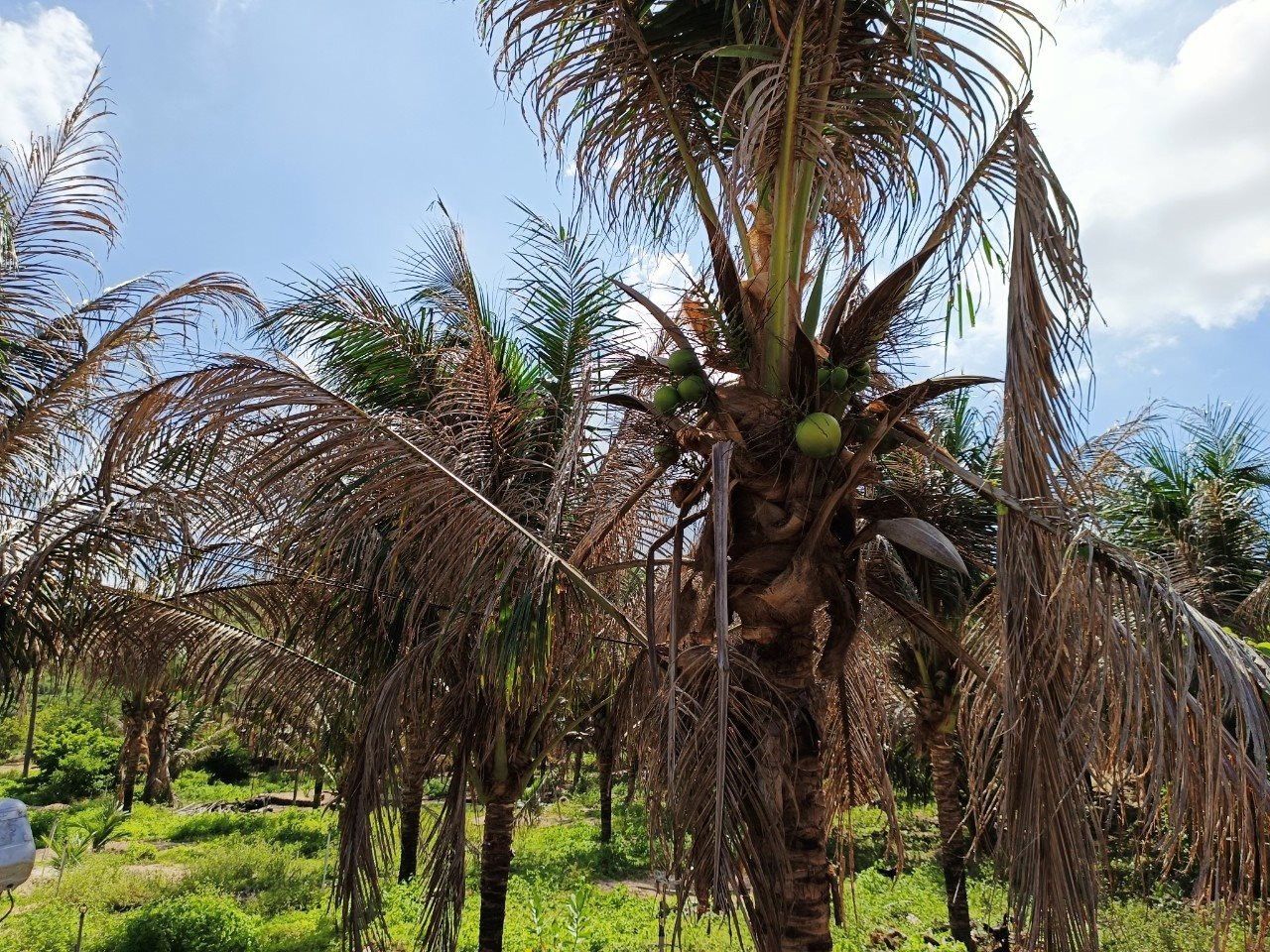
In July 2023, the entire Thien Nghiep commune (Phan Thiet) had 10.9 hectares of coconut trees over 3 years old, bearing fruit of 18 households in Thien Trung and Thien Binh villages attacked by black-headed caterpillars. These caterpillars eat all the chlorophyll, making the coconut leaves ragged, with excrement on the leaves, eating through the young fruit. The damage level was assessed at 80% on 1 tree in Thien Trung village and 20% on 1 tree in Thien Binh village. Thien Nghiep commune currently has 236 hectares of coconut trees.
Faced with the above mentioned pest situation, the Phan Thiet City Agricultural Technical and Service Center organized training on measures to prevent and control some major pests on coconut trees. With black-headed caterpillars damaging Thien Nghiep coconut trees, growers prune the leaves or leaflets of the coconut trees that are damaged by the pests and destroy them by burning or soaking them in water to reduce the pest density. This is an important, effective, environmentally safe measure and should be implemented immediately upon detecting black-headed caterpillars causing damage from the old leaves below. Fertilize in a balanced manner, divided into several applications. Limit the transportation of coconut seedlings, secondary host plants (areca, banana, etc.) and coconuts infected with black-headed caterpillars to other areas to limit the spread.
In addition, growers use biological pesticides with the active ingredient Bacillus thuringiensis (Bt); release Chelisoches variegatus beetles on coconut gardens infected with black-headed caterpillars, with a quantity of 10 - 20 insects/tree; conserve natural enemies available in nature such as: weaver ants, predatory bugs, parasitic wasps... Currently, there are no registered pesticides to control black-headed caterpillars that damage coconuts.
According to the instructions of the Ministry of Agriculture and Rural Development , growers temporarily use the active ingredients Abamectin, Azadirachtin, Emamectin benzoate, Spinosad to prevent black-headed caterpillars from harming coconut trees. When detecting black-headed caterpillars causing damage, if the coconut garden is severely damaged, it is necessary to prune and destroy the leaves before spraying pesticides to reduce some pests, increase the ability to contact larvae and increase the effectiveness of the drug. For coconut gardens combined with livestock, one of the two active ingredients Spinetoram and Flubendiamide should be used, because it is noted to cause little harm to shrimp, fish and livestock.
Prevention and treatment of 3 main diseases
According to the Center for Agricultural Technology and Services of Phan Thiet City, coconut trees have some major diseases including leaf spot, top rot, cracking and fruit drop. Coconut growers prevent and treat leaf spot by arranging reasonable planting distance; fertilizing fully and balanced, especially potassium, in the nursery stage will help the tree resist the disease and produce fruit quickly. If the coconut tree has severe leaf spot, spray chemicals such as Ridomyl, Novral... with dosages according to the recommendations on the packaging.
Top rot is caused by the fungus Phytopthora Palmivora Bult; from the time the fungus penetrates the top of the tree until the top dies is about 3-5 months. Therefore, visit the garden regularly, when detecting a tree with a slight infection, immediately spray the top with Ridomyl at a dose of about 30g/8 liter tank and spray continuously 3 times, each time 3 days apart. If a tree dies, collect all the diseased parts and burn them to avoid spreading the disease to other coconut trees.
Coconut fruit cracking and falling can be caused by Fusarium sp. fungus, potassium deficiency, water shortage or waterlogging. Appropriate prevention and treatment measures depend on the cause. However, providing adequate nutrition (calcium, potassium) can solve the problem of fungal diseases and fruit cracking. Increasing the amount of calcium nitrate will significantly increase the resistance of the plant, contributing to disease prevention and treatment as well as preventing fruit cracking and falling.
Source




![[Photo] Impressive display booths of provinces and cities at the Exhibition 80 years of the Journey of Independence - Freedom - Happiness](https://vphoto.vietnam.vn/thumb/1200x675/vietnam/resource/IMAGE/2025/9/7/cd63e24d8ef7414dbf2194ab1af337ed)



![[Photo] Prime Minister Pham Minh Chinh attends the 80th anniversary of the founding of Voice of Vietnam Radio Station](https://vphoto.vietnam.vn/thumb/1200x675/vietnam/resource/IMAGE/2025/9/7/abdcaa3d5d7f471abbe3ab22e5a35ec9)
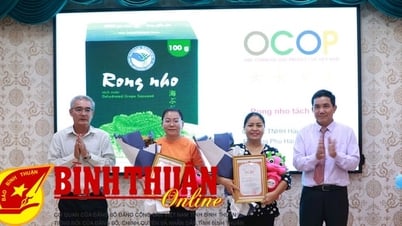


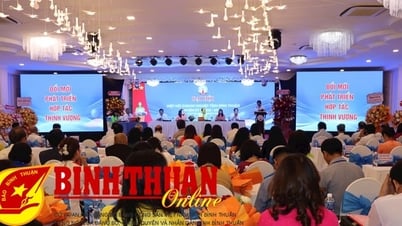
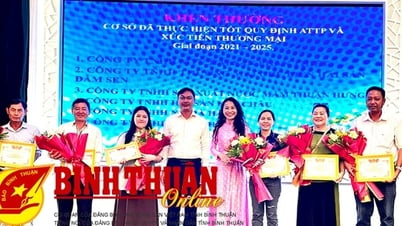







![[Highlight] VIMC's mark at the National Achievement Exhibition](https://vphoto.vietnam.vn/thumb/402x226/vietnam/resource/IMAGE/2025/9/7/932133a54d8b4becad48ef4f082f3eea)

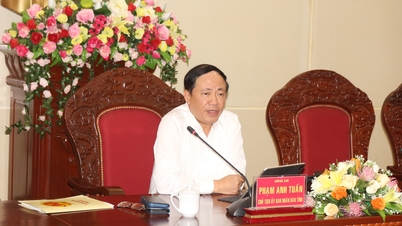


![[Photo] General Secretary To Lam attends the 55th anniversary of the first television program broadcast](https://vphoto.vietnam.vn/thumb/1200x675/vietnam/resource/IMAGE/2025/9/7/8b8bd4844b84459db41f6192ceb6dfdd)


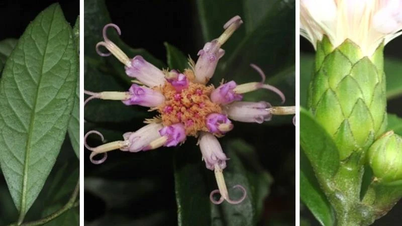



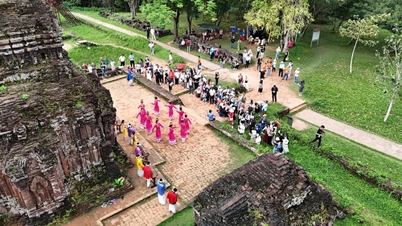


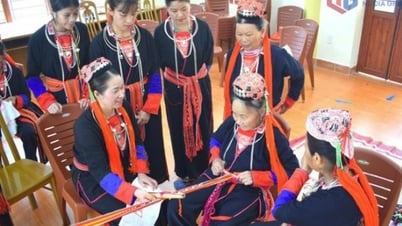

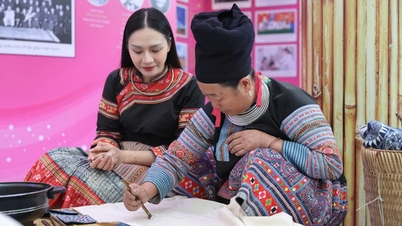













![[COMING UP] Workshop: Resolving concerns for Business Households about eliminating lump-sum tax](https://vphoto.vietnam.vn/thumb/402x226/vietnam/resource/IMAGE/2025/9/7/5627bb2d0c3349f2bf26accd8ca6dbc2)


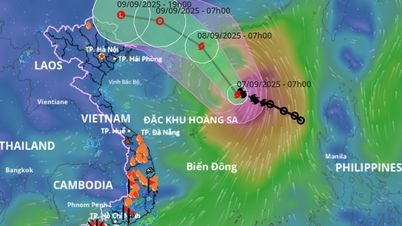








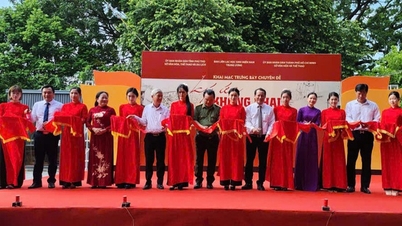












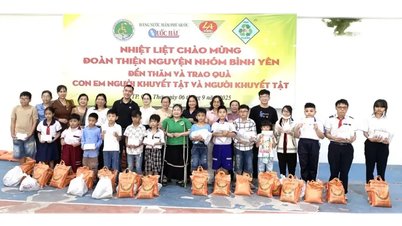





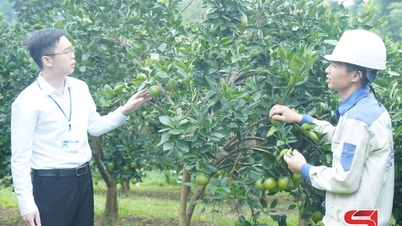



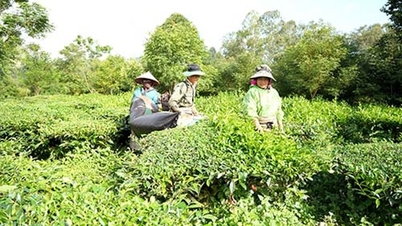

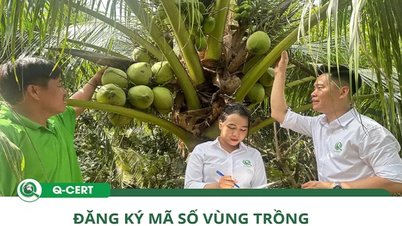





Comment (0)